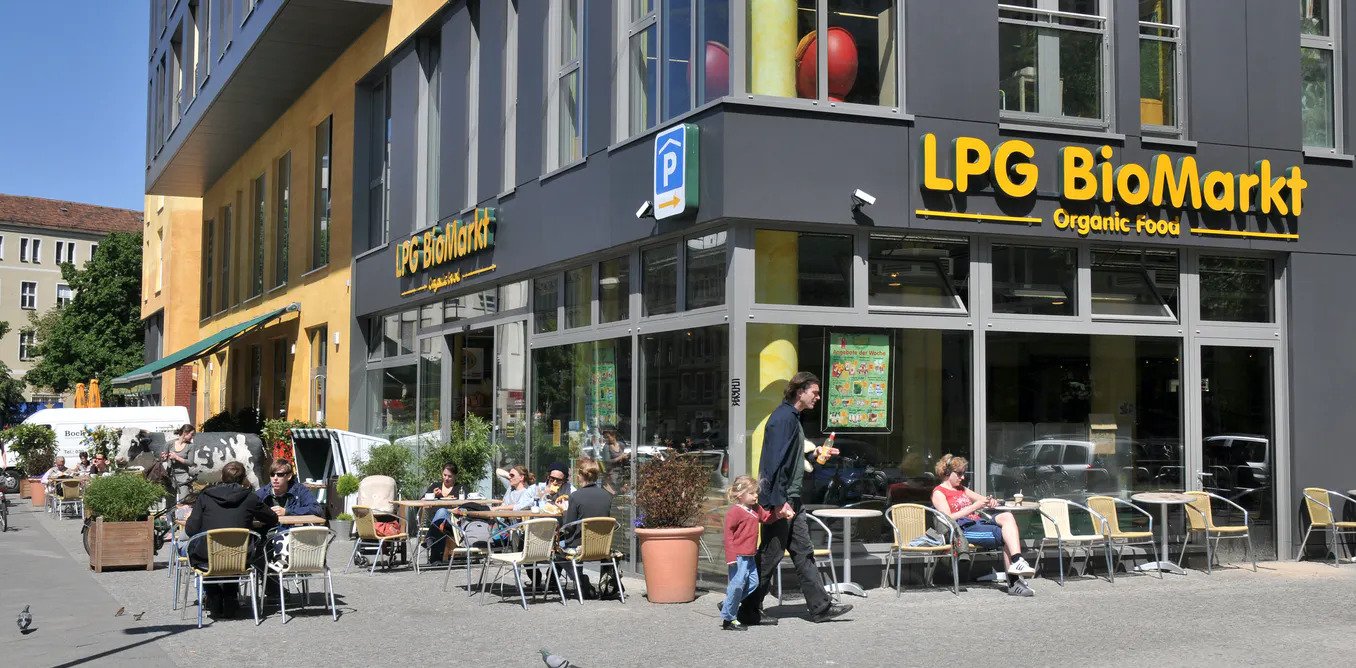
An organic food market in Berlin. Schöning/ullstein bild via Getty Images![]() By Kathleen Merrigan, Executive Director, Swette Center for Sustainable Food Systems, Arizona State University
By Kathleen Merrigan, Executive Director, Swette Center for Sustainable Food Systems, Arizona State University
–
President Joe Biden has called for an all-of-government response to climate change that looks for solutions and opportunities in every sector of the U.S. economy. That includes agriculture, which emits over 600 million metric tons of carbon dioxide equivalent every year – more than the total national emissions of the United Kingdom, Australia, France and Italy.
Recent polls show that a majority of Americans are concerned about climate change and willing to make lifestyle changes to address it. Other surveys show that many U.S. consumers are worried about possible health risks of eating food produced with pesticides, antibiotics and hormones.
One way to address all of these concerns is to expand organic agriculture. Organic production generates fewer greenhouse gas emissions than conventional farming, largely because it doesn’t use synthetic nitrogen fertilizer. And it prohibits using synthetic pesticides and giving hormones or antibiotics to livestock.
But the U.S. isn’t currently setting the bar high for growing its organic sector. Across the Atlantic, Europe has a much more focused, aggressive strategy.
How The Conversation is different: We explain without oversimplifying. Learn more
–
The EU’S Farm to Fork plan
The European Union’s Farm to Fork strategy, often described as the heart of the European Green Deal, was adopted in 2020 and strengthened in October 2021. It sets forth ambitious 2030 targets: a 50% cut in greenhouse gas emissions from agriculture, a 50% cut in pesticide use and a 20% cut in fertilizer use.
Recognizing that organic production can make important contributions to these goals, the policy calls for increasing the percentage of EU farmland under organic management from 8.1% to 25% by 2030. The European Parliament has adopted a detailed organic plan to achieve this goal.
Today the U.S. is the world’s largest organic marketplace, with US$51 billion in sales in 2019. But the EU is not far behind, at $46 billion, and if it achieves its Farm to Fork targets, it is likely to become the global leader.
And that ambition is reflected in national food policies. For example, in Copenhagen 88% of ingredients in meals served at the city’s 1,000 public schools are organic. Similarly, in Italy school meals in more than 13,000 schools countrywide contain organic ingredients.
–
The US and the European Union are the world’s two largest organic markets, but only the EU has a growth plan
| EU | US | |
|---|---|---|
| Organic production goal | 25% of farmland by 2030 | None |
| Land under organic management | 36 million acres (14.6 million hectares) | 5.6 million acres (2.3 million hectares) |
| Top 3 states or countries by organic land area | Spain, France, Italy | California, Alaska, Montana |
| Number of organic farmers | 343,858 | 16,585* |
| Organic food sales, 2019 | $46 billion | $56 billion |
| Per capita organic spending | $94.08 | $152.32 |
| Top 3 crops | Olives, grapes, nuts | Carrots, lettuce, apples |
All data are for 2019, with Euros converted to dollars at 1.12 Euro/dollar. *The U.S. does not count organic farmers – 16,585 represents the number of organic farms, some of which have more than one farmer.
Table: The Conversation, CC BY-ND Source: Research Institute of Organic Agriculture, European Commission and USDA Get the data
–
The U.S. strategy is technology-driven
In contrast with the EU, the U.S. has no plan at the national level for expanding organic production, or even a plan to make a plan.
Less than 1% of U.S. farmland – about 5.6 million acres (2.3 million hectares) is farmed according to national organic standards, compared with 36 million acres (14.6 million hectares) in the EU. This small sector doesn’t produce enough organic food to meet consumer demand, so much of the organic food consumed in the U.S. is imported from nearly 45,000 foreign operations. While the U.S. government tracks imports of only 100 organic food products – a small sliver of what comes in – spending in 2020 on these items alone exceeded $2.5 billion.
I see this gap as a huge missed opportunity. President Biden has called for a “Buy American” strategy to bolster the U.S. economy, but today consumers are spending money on organic imports without reaping the environmental or economic benefits of having more land under organic management. More domestic production would improve soil and water quality and create jobs in rural areas.
–
Countries with at least 10% of their agricultural land in organic production in 2019
Less than 1% of total U.S. agricultural land is in organic production. Chart showing 16 countries with at least 10% of land in organic production, topped by Liechtenstein at 41%.
–
Liechtenstein 41.0%
Austria 26.1%
Sao Tome and Principe 24.9%
Estonia 22.3%
Sweden 20.4%
Switzerland 16.5%
Czech Republic 15.4%
Uruguay 15.3%
Italy 15.2%
Latvia 14.8%
Samoa 14.5%
Finland 13.5%
French Guiana 11.3%
Denmark 10.9%
Slovenia 10.3%
Slovakia 10.3%
Chart: The Conversation, CC BY-ND Source: Research Institute of Organic Agriculture Get the data
–
While the U.S. and the EU are working together to address agriculture’s contribution to climate change, they have very different views on the role of organic farming. At a U.N. Food Systems Summit on 2021 Sep 23, Agriculture Secretary Tom Vilsack launched a new international coalition on sustainable productivity growth, calling on countries and organizations to join the U.S. in the cause of increasing yields to feed a growing world population. In his press briefings, Vilsack promoted voluntary, incentive-based and technological approaches to producing more food, such as gene editing, precision agriculture and artificial intelligence.
Vilsack asserts that the European Union’s emphasis on organic production will reduce output and push up food prices. This argument reflects a long-standing debate about whether organic farming can produce enough food to meet demand while using fewer chemical inputs.
The strongest support for the USDA strategy is no surprise. It comes mostly from conventional agriculture groups, including Syngenta, Bayer and Corteva – three of the four largest global agrichemical companies – along with their lobbying arm, CropLife America.
–
https://vimeo.com/embed-redirect/541541773?embedded=true&source=vimeo_logo&owner=16777555
Patrick Barbour, winner of a climate-friendly farming competition sponsored by the National Farmers Union of Scotland, explains steps he is taking on his organic sheep and cattle farm to reduce carbon emissions and deliver environmental benefits.
–
More organic doesn’t mean going backward
In my view, these U.S. talking points are outdated. The world’s farmers already produce enough food to feed the world. The question is why many people still go hungry when production increases year over year.
At the U.N. Food Systems Summit, many world leaders called for reforms to eradicate hunger, poverty and inequality, and address climate change. Food systems experts understand that global nutrition security depends on empowering women, eliminating corruption, addressing food waste, preserving biodiversity and embracing environmentally responsible production – including organic agriculture. Not on the list: increasing yields.
Addressing agriculture’s role in climate change means changing how nations produce, process, transport, consume and waste food. I believe that when leaders call for cutting-edge, science-based solutions, they need to embrace and support a broad spectrum of science, including agroecology – sustainable farming that works with nature and reduces reliance on external inputs like fertilizers and pesticides.
The Biden-Harris administration could do this by developing a comprehensive plan to realize the untapped potential of organic agriculture, with clear goals and strategies to increase organic production and with it, the number of organic farmers. Consumers are ready to buy what U.S. organic farmers raise.
[Get the best of The Conversation, every weekend. Sign up for our weekly newsletter.]
–
–
Author Disclosure Statement
Kathleen Merrigan directs the Swette Center for Sustainable Food Systems at Arizona State University, which receives funding from the Organic Trade Association. She is co-director of a project on inadvertent chemical contamination of organic crops funded by the US Department of Agriculture. Merrigan is a member of the Advisory Committee for the Organic Farming Research Foundation. She also is an advisor to S2G Ventures and a Venture Partner at Astanor Ventures, two agtech firms that have some organic companies in their much broader portfolios. As a US Senate staffer, Merrigan drafted the Organic Foods Production Act of 1990. She has served on the National Organic Standards Board, as Administrator of the USDA Agricultural Marketing Service and as Deputy Secretary of Agriculture.
Partners

Arizona State University provides funding as a member of The Conversation US.
We believe in the free flow of information Republish our articles for free, online or in print, under a Creative Commons license.
–
- Agriculture
- Climate change
- Food
- European Union (EU)
- Pesticides
- Organic farming
- Genetic engineering
- Precision agriculture
- Fertilizer
- US Department of Agriculture
- US agriculture
- Biden administration
Want to write?
Write an article and join a growing community of more than 136,200 academics and researchers from 4,200 institutions.
- Editorial Policies
- Community standards
- Republishing guidelines
- Friends of The Conversation
- Analytics
- Our feeds
- Donate
–
Try our weekly podcast
Enjoy The Conversation? Now you can listen to us as a podcast. Each week, scholars from around the world provide informed context on the biggest news headlines and explain fascinating new research on everything from new particle physics to Brazil’s militarized democracy. Listen to a new episode of The Conversation Weekly every Thursday.
Daniel Merino 
Co-host, The Conversation Weekly Podcast – Listen to a sample
–
You might also like
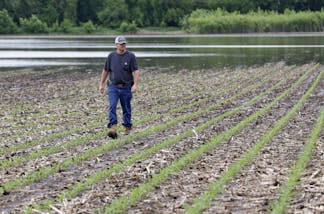
US agriculture needs a 21st-century New Deal
–
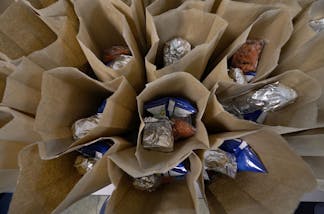
The pandemic has made it even harder for one in three Americans to obtain healthy, affordable food
–
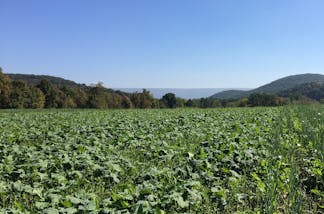
We don’t need to double world food production by 2050 – here’s why
–
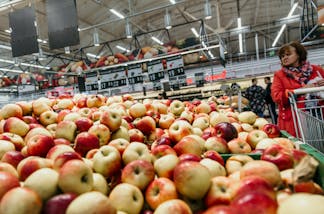
Even concerned consumers don’t know which food choices have the lowest climate impact
–
Privacy policyTerms and conditionsCorrections
Copyright © 2010–2021, The Conversation US, Inc.
–
–
–
(For the source of this, and many other equally intriguing and important articles, please visit: https://theconversation.com/unlike-the-us-europe-is-setting-ambitious-targets-for-producing-more-organic-food-169078/)








